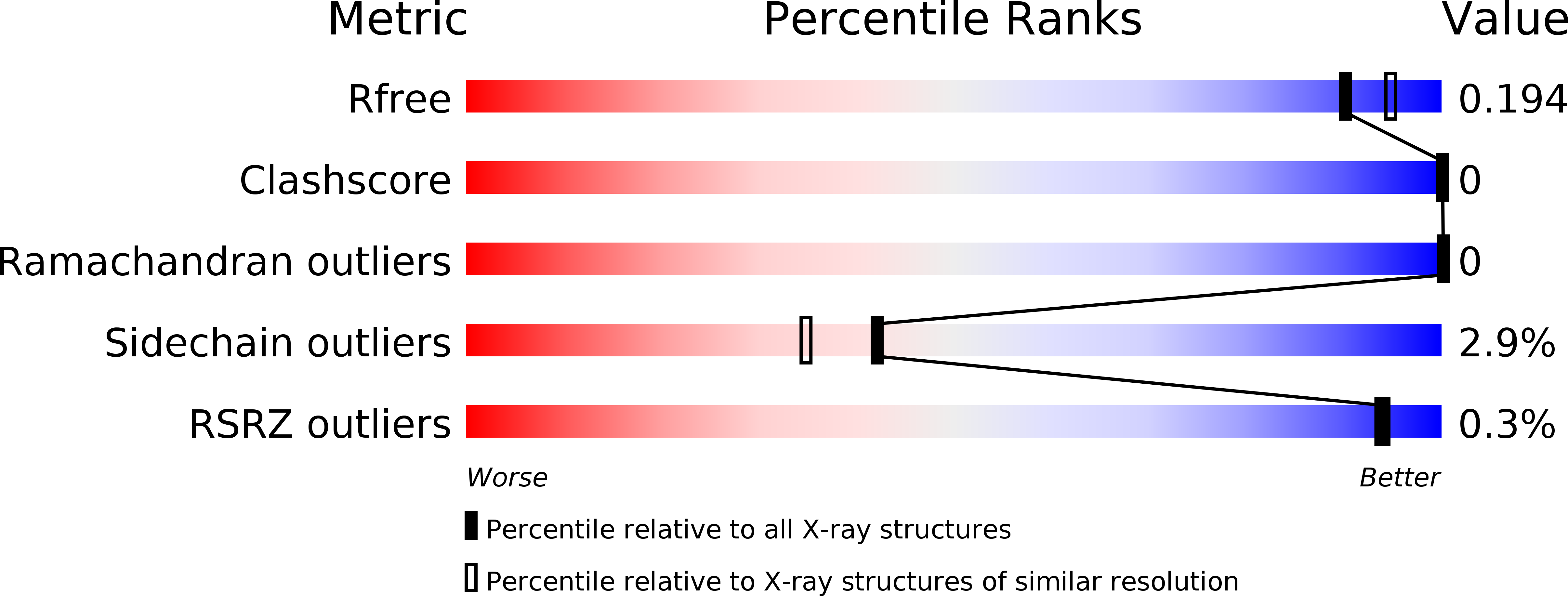
Deposition Date
2017-01-23
Release Date
2017-08-09
Last Version Date
2024-11-13
Entry Detail
PDB ID:
5MXE
Keywords:
Title:
Photorhabdus asymbiotica lectin (PHL) in free form
Biological Source:
Source Organism:
Host Organism:
Method Details:
Experimental Method:
Resolution:
1.90 Å
R-Value Free:
0.19
R-Value Work:
0.16
R-Value Observed:
0.16
Space Group:
P 31 2 1


